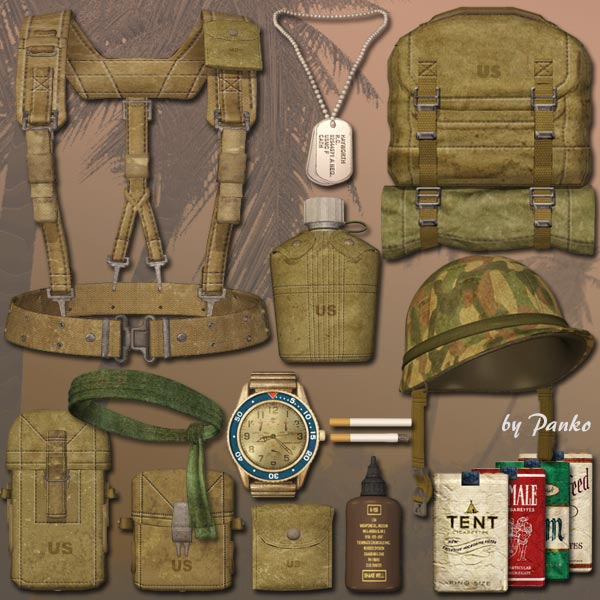 LTC Rodney Green (SDNG ret) spoke last Sunday about his memories as a combat platoon sergeant with the 101st Airborne in the A Shau Valley, west of Hue near the Laotian border. The following were forwarded by a notetaker. Combat veterans might have emendations depending on their own experiences:
LTC Rodney Green (SDNG ret) spoke last Sunday about his memories as a combat platoon sergeant with the 101st Airborne in the A Shau Valley, west of Hue near the Laotian border. The following were forwarded by a notetaker. Combat veterans might have emendations depending on their own experiences:
The first words were GOOD MORNING, VIETNAM in the loudest possible voice to get the audience’s attention.
What you actually saw and remember about Vietnam reflected when you were there, where you were located, how old you were, and what your job was.
The bottoms or soles of combat boots were outfitted with a steel plate in case a soldier stepped on a punji stick, a common booby trap smeared with feces.
The A Shau Valley up near the border with North Vietnam was the site of several major battles with regular enemy troops.
A jump into elephant grass from a helicopter sometimes meant a fall of 20 feet if the grass concealed a bomb crater.
American troops often liked to use the same trails as the enemy to avoid booby traps.
Those on night patrol sometimes became disoriented in the darkness and weather, so they’d radio to their unit at a known location to set off a white phosphorous grenade.
Helmets often had symbol-patches from a deck of playing cards—spades, hearts, clubs, diamonds—to indicate which part of a much larger force you belonged with, a practice starting with the WWII Normandy invasions by paratroopers. Red back then, but black now.
Soldiers carrying Claymore mines would sometimes throw them away because of the extra weight, but the Viet Cong would then use them against American soldiers. Platoon leaders would routinely check to see if they were all accounted for.
The M18 Claymore mines would have “FRONT TOWARD ENEMY” in big, raised letters to prevent mistakes.
The bazooka-looking M72 LAW (Light Anti-Tank Weapon) was designed for use against tanks, but many infantry units just used them against snipers in trees and to take out bunkers.
The shouted command “FIX BAYONETS” was one of the most dreaded because it meant that things would soon get up close and personal, with the enemy attempting to overrun your position.
The familiar WWII pineapple-type grenade was replaced by the baseball-looking grenade because designers knew that every American kid knew how to throw a baseball.
Medics in Vietnam carried glass bottles of saline, not the lightweight plastic ones common today.
Dog tags had ID numbers that began with a US if you were a draftee, but an RA if you had enlisted. One hung around your neck, the other in the toe of a boot in case your leg was blown off.
Useful for reading maps, the red light from a flashlight doesn’t affect night vision, but white light would temporarily linger and blind. A red grease pen for marking a trail would be invisible under red light.
A small plastic battle of LSA (lubricant small arms) was worn in the boonie hat headband because overheating caused rifles to jam.
20 round magazines were typically loaded with only 18 rounds to prevent springs from seizing up because of nonuse for extended periods.
Weight was extremely important as any long-distance backpacker today knows. Today’s combat soldiers will carry up to their own weight.
Soldiers in combat didn’t wear underwear because it would cause body chafing.
Platoon sergeants had to go from foxhole to foxhole to make sure that young soldiers took their pills and changed their socks.
Soldiers in the field usually didn’t know where they actually were, the bigger picture not having been shared with them.
Units like the 101st Airborne and other elite units didn’t have drug problems.
Vietnam didn’t have eagles, so local people interpreted the “Screaming Eagles” patch worn by the 101st as the “Chicken Men.”
NOTE TO TEACHERS: Have students recall the content of what they’ve read or heard. Forget about whether they liked or didn’t like something (which puts the focus on who they are). Savvy students who actually don’t read a text will use superlatives to butter up the unsuspecting teacher who chose the material.

